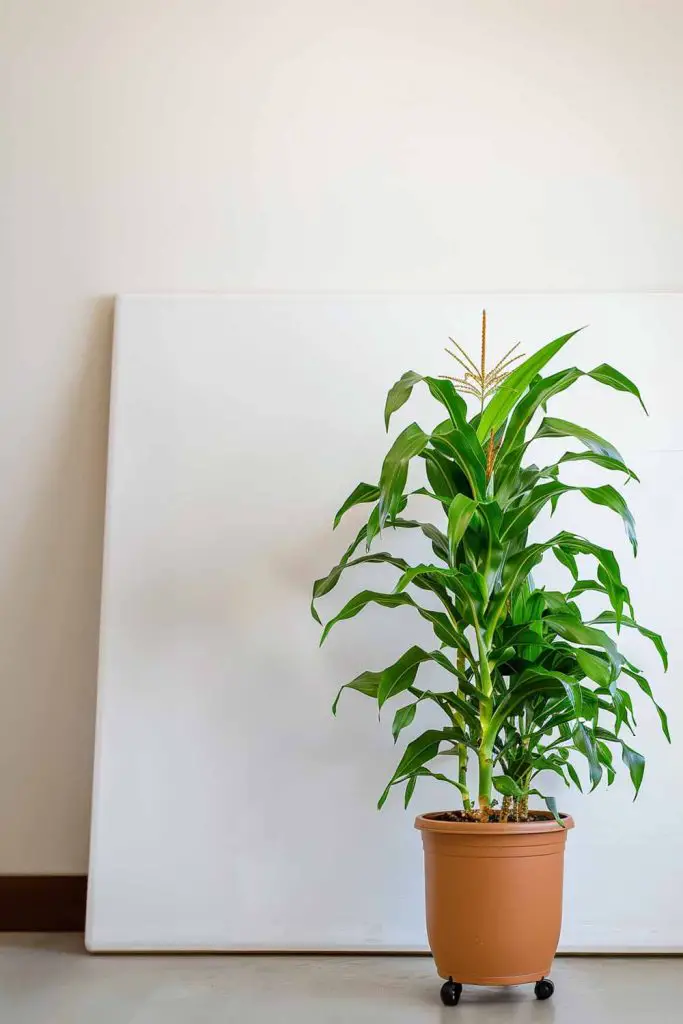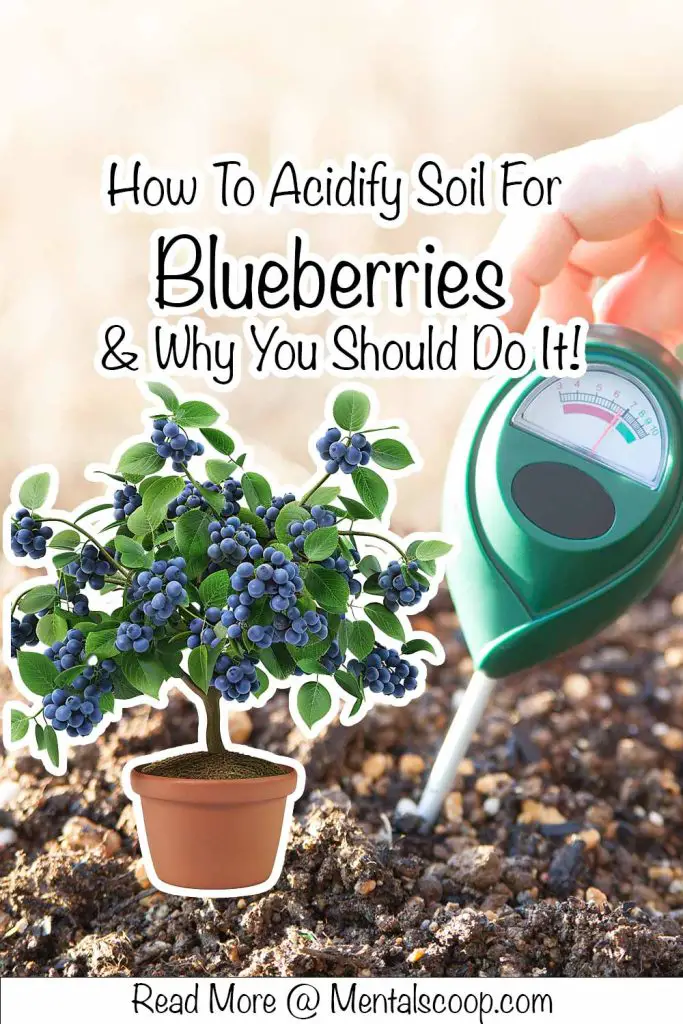How To Plant Corn In Containers Perfect For Small Gardens!

Corn, with its tall stalks and abundant ears, is often associated with vast fields, but it can also thrive in small spaces like containers.
Planting corn in containers offers a solution for gardeners with limited space, allowing them to enjoy the satisfaction of growing their own corn even in urban environments or on balconies.
In this guide, we’ll explore the step-by-step process of planting corn in containers, suitable varieties, container selection, care tips, and harvesting techniques.
Selecting the Right Corn Varieties
Before diving into container gardening, it’s crucial to choose corn varieties that are suitable for container cultivation. Look for dwarf or compact varieties that are specifically bred for small spaces.
Some popular container-friendly corn varieties include ‘Golden Midget,’ ‘Miniature Blue,’ and ‘Patio Pride.’ These varieties typically reach heights of around 4 to 5 feet, making them perfect for container growth.
Choosing the Containers
When selecting containers for planting corn, opt for large, deep pots or containers. Corn has deep root systems, so the container should be at least 12 to 18 inches deep to accommodate its roots.
Additionally, choose containers with sufficient drainage holes to prevent waterlogging, which can lead to root rot. Half-barrels, large plastic pots, or wooden crates are excellent choices for growing corn in containers.
Soil Preparation
Corn thrives in well-draining, nutrient-rich soil. Before planting, prepare the soil by mixing equal parts of high-quality potting mix and compost. This will provide the necessary nutrients for healthy growth.
Additionally, ensure the soil pH is around 6.0 to 6.8, as corn prefers slightly acidic to neutral soil conditions. Fill the containers with the prepared soil, leaving a few inches of space at the top to accommodate watering.
Planting Corn Seeds
Plant corn seeds directly into the containers once the soil has warmed to at least 60°F (15°C), typically in late spring or early summer. Sow the seeds 1 to 2 inches deep and space them 8 to 12 inches apart in rows, ensuring proper air circulation between plants.
If space allows, plant multiple rows to aid in pollination. Water the soil thoroughly after planting to ensure adequate moisture for germination.
Providing Adequate Care
Corn requires consistent moisture throughout the growing season, especially during the critical stages of tasseling and silking. Water the plants deeply whenever the top inch of soil feels dry to the touch, aiming to keep the soil consistently moist but not waterlogged.
Additionally, fertilize the corn plants regularly with a balanced, water-soluble fertilizer to promote healthy growth and development.
Pollination Considerations
One challenge of growing corn in containers is ensuring proper pollination, as corn relies on wind to carry pollen from the tassels to the silks for successful pollination. To aid in pollination, consider planting corn in clusters or groups rather than solitary plants.
You can also gently shake the stalks when the tassels are shedding pollen to distribute it more effectively. Alternatively, hand pollination can be done by transferring pollen from the tassels to the silks using a small brush or cotton swab.
Managing Pests and Diseases
Like any garden crop, corn is susceptible to pests and diseases. Keep an eye out for common pests such as corn earworms, aphids, and armyworms, and promptly treat any infestations with organic insecticides or insecticidal soap.
Additionally, practice good sanitation by removing any fallen debris or diseased plant material to prevent the spread of diseases such as leaf blight or smut.
Harvesting and Enjoying Your Corn
Corn typically reaches maturity 60 to 100 days after planting, depending on the variety. Monitor the ears for signs of maturity, such as full kernels and dried silks. To harvest, grasp the ear firmly and twist it downward until it breaks free from the stalk.
Enjoy your fresh corn immediately, or if desired, blanch and freeze it for later use. Remember to save a few ears for seeds if you plan to continue growing corn in containers next season.
With proper care and attention, growing corn in containers can be a rewarding experience for gardeners with limited space. By selecting the right varieties, containers, and providing adequate care, you can enjoy a bountiful harvest of fresh, homegrown corn, even in the smallest of gardens.

More interesting articles you may be interested in reading:

